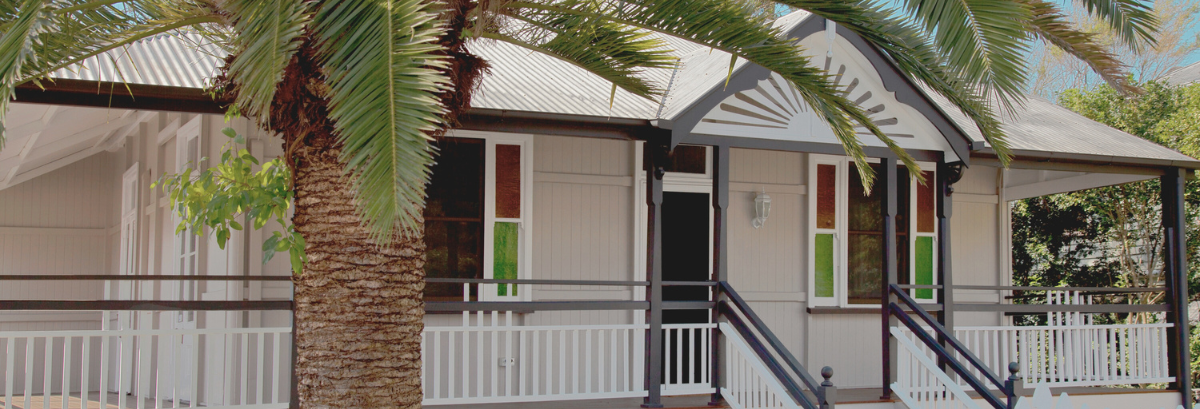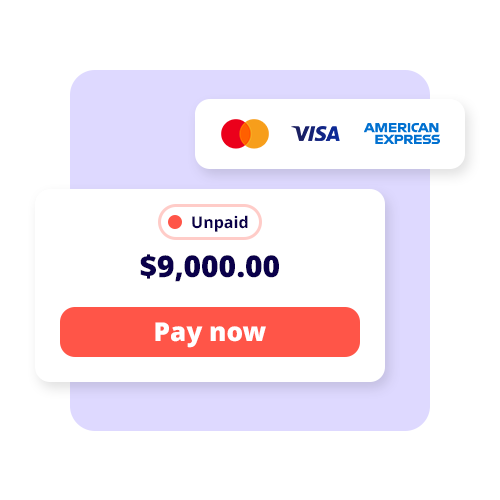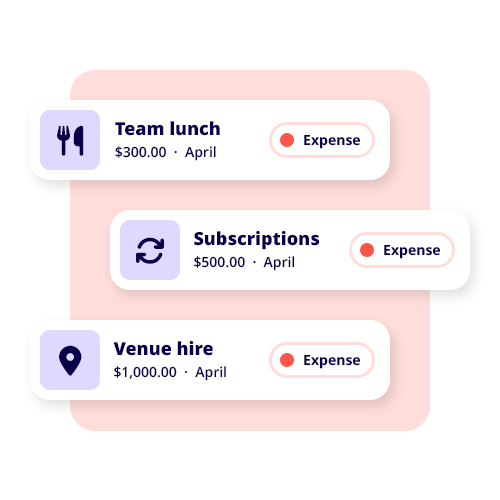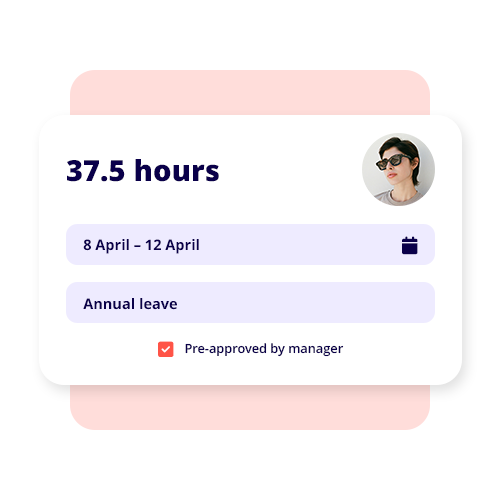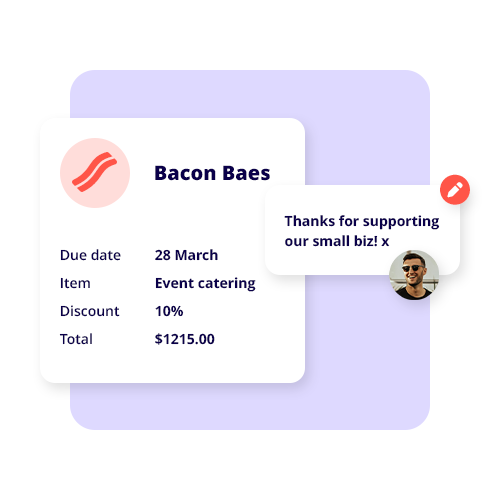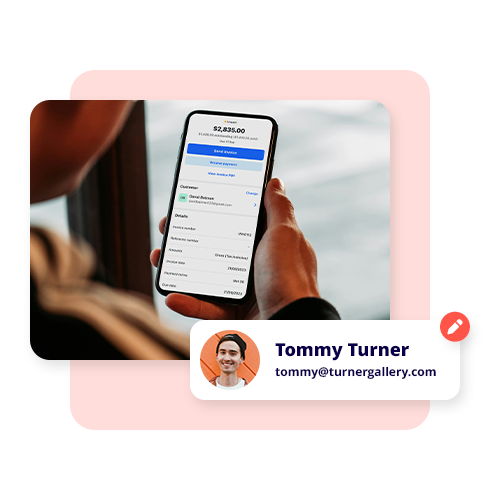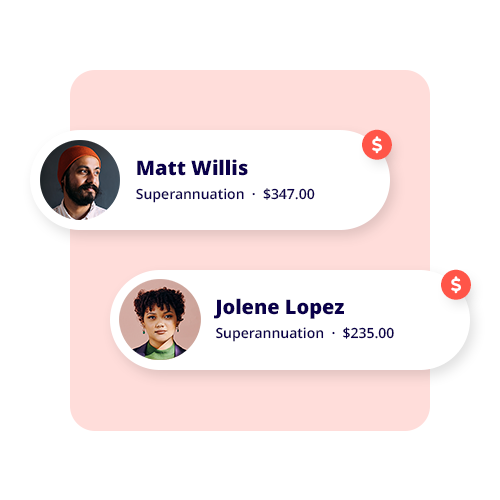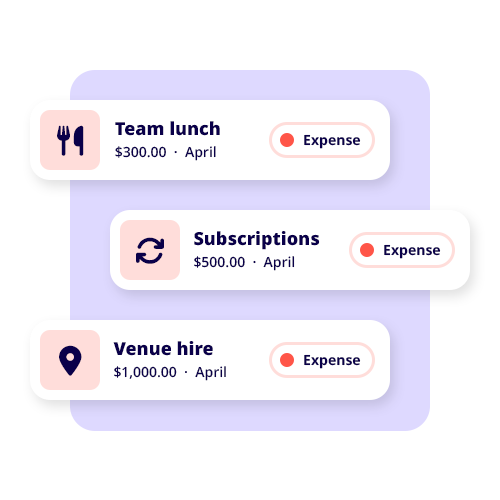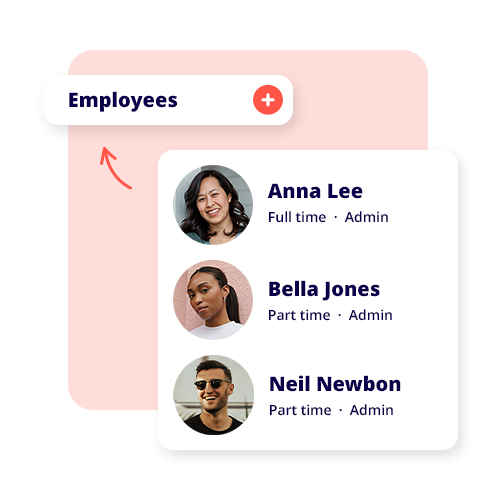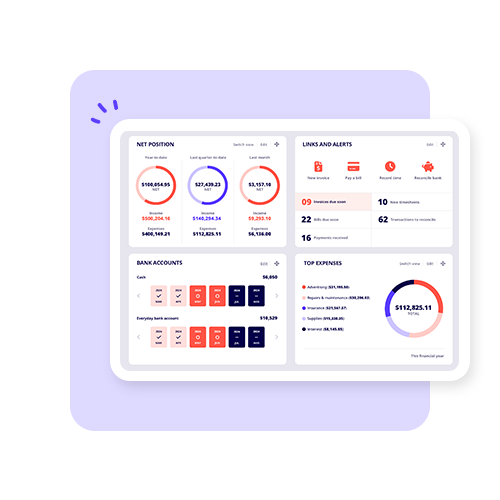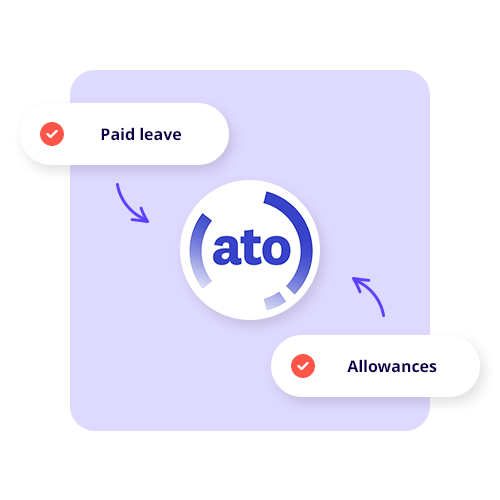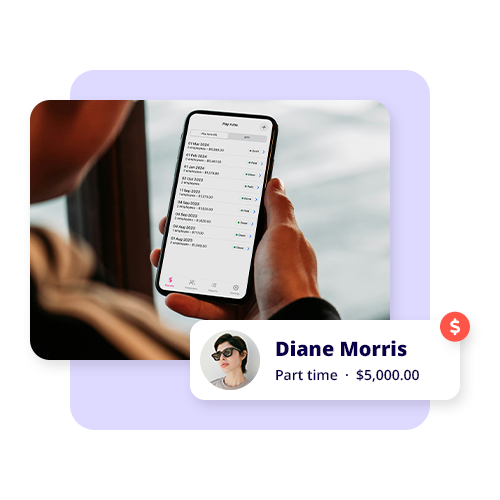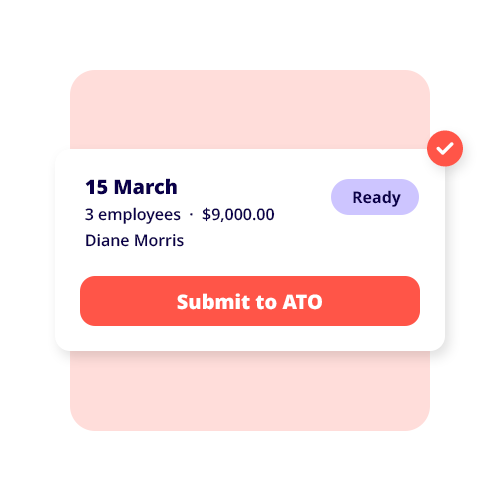TABLE OF CONTENTS
- What is stamp duty in Queensland?
- Queensland government property stamp duty rates
- Standard transfer duty rates for property
- Home concession rates
- How to calculate your property transfer duty
- First home buyer concessions
- When do I need to pay stamp duty?
- Queensland vehicle stamp duty
- Calculating vehicle stamp duty
- Transfer duty exemptions and concessions
Are you buying property or a vehicle in Queensland? You’ll need to wrap your head around stamp duty (also known as transfer duty) in order to budget for your purchase correctly. Read on as we break down everything Queensland business owners and residents need to know about stamp duty rates, concessions and how to figure out how much you’ll actually need to pay.
What is stamp duty in Queensland?
Transfer duty, or stamp duty, is a state government tax that’s applied when you buy or transfer property in Queensland. It’s part of real estate purchases – including residential homes, investment properties and vacant land – and also applies to vehicle purchases, though at different rates.
The Queensland Government collects this tax to fund public infrastructure and services across the state. While it’s a major revenue stream for the state, it’s also a big additional cost for property buyers, often surging into the tens of thousands of dollars on top of the purchase price.
Queensland government property stamp duty rates
The amount of transfer duty you’ll pay in Queensland depends on the dutiable value of the property and whether you qualify for any concessions. The dutiable value is usually the purchase price or market value, whichever is higher.
Standard transfer duty rates for property
Below is the current schedule of transfer duty rates for residential and investment properties in Queensland:
| Dutiable value | Duty rate |
|---|---|
| Up to $5,000 | Nil |
| $5,000 to $75,000 | $1.50 for each $100 or part of $100 over $5,000 |
| $75,000 to $540,000 | $1,050 plus $3.50 for each $100 or part of $100 over $75,000 |
| $540,000 to $1,000,000 | $17,325 plus $4.50 for each $100 or part of $100 over $540,000 |
| More than $1,000,000 | $38,025 plus $5.75 for each $100 or part of $100 over $1,000,000 |
Home concession rates
If you’re buying a home to live in (not as an investment property), you could qualify for the home concession rate:
| Dutiable value | Duty rate with home concession |
|---|---|
| Up to $350,000 | $1.00 for each $100 or part of $100 |
| $350,000 to $540,000 | $3,500 plus $3.50 for each $100 or part of $100 over $350,000 |
| $540,000 to $1,000,000 | $10,150 plus $4.50 for every $100 or part of $100 over $540,000 |
| More than $1,000,000 | $30,850 plus $5.75 for each $100 or part of $100 over $1,000,000 |
How to calculate your property transfer duty
Let’s look at a few different examples to better explain how much transfer duty you might need to pay:
Example #1: Investment property
For an investment property valued at $650,000:
- The property falls in the $540,000 to $1,000,000 bracket
- Calculation: $17,325 + ($4.50 × ($650,000 – $540,000) ÷ 100)
- $17,325 + ($4.50 × 1,100)
- $17,325 + $4,950 = $22,275
Example #2: Home with concession
For a home you’ll live in valued at $650,000:
- The property falls in the $540,000 to $1,000,000 bracket with the home concession
- Calculation: $10,150 + ($4.50 × ($650,000 – $540,000) ÷ 100)
- $10,150 + ($4.50 × 1,100)
- $10,150 + $4,950 = $15,100
The biggest takeaway here should be the enormous savings of $7,175 compared to the investment property rate.
First home buyer concessions
Queensland has some very tidy stamp duty concessions for first home buyers, thereby making it easier to enter the property market. If you’re buying your first home in Queensland and have never owned property in Australia before, you could be eligible for the first home concession, which could mean paying $0 in transfer duty if:
Your home is valued at $800,000 or less.
You move into the home within 12 months of settlement.
You live there continuously for at least 12 months.
Otherwise, if you’re buying vacant land to build your first home, you might be able to get the first home vacant land concession, which could mean paying $0 in transfer duty if:
- The vacant land is valued at $500,000 or less.
- You build your first home on the land.
- You move into the home within 24 months of settlement.
- You live there continuously for at least 12 months.
When do I need to pay stamp duty?
In Queensland, transfer duty needs to be paid within 30 days of the contract becoming unconditional or when the contract is entered into (whichever comes first). If settlement happens after this 30-day period, you will still need to pay the duty by the due date, or else be dealt additional interest charges.
Most property transactions settle within 30 days, so transfer duty is usually paid at settlement through your solicitor or conveyancer. Just make sure you budget for this expense alongside your deposit, mortgage, building inspection, and moving costs.
Queensland vehicle stamp duty
While property transfer duty tends to get the most attention because of its higher amounts, Queensland also imposes stamp duty on vehicle purchases. As you’d expect, the rate varies depending on the type and value of the vehicle.
For light vehicles (under 4.5 tonnes) valued below $100,000:
| Vehicle type | Duty rate |
|---|---|
| Electric or hybrid vehicles | $2 per $100 of value |
| 4-cylinder vehicles | $3 per $100 of value |
| 5 to 6-cylinder vehicles | $3.50 per $100 of value |
| 7+ cylinder vehicles | $4 per $100 of value |
For light vehicles valued above $100,000, the rates increase by $2 per $100 across all vehicle types.
Calculating vehicle stamp duty
For a 4-cylinder car valued at $30,000:
- Calculation: $30,000 ÷ 100 × $3 = $900
For an electric vehicle valued at $60,000:
- Calculation: $60,000 ÷ 100 × $2 = $1,200
Transfer duty exemptions and concessions
Beyond the home and first home concession, there are a few other situations where you might be eligible to pay less transfer duty, or be entirely exempt from it.
Property transfer exemptions
- Transfers between spouses or de facto partners
- Change of tenure (e.g. from joint tenants to tenants in common)
- Transfer of manufactured (mobile) homes
- Certain transfers after divorce or separation
Vehicle transfer exemptions
- Transfers to eligible family members as a gift (spouse, parent, grandparent, child, stepchild, grandchild, etc.)
- Charitable organisations
- Primary producers for specific vehicles
- Trade-ins (duty applies only to the price difference)
Given the large amounts of money involved and the potential for concessions and exemptions, it’s always a good idea to speak to a professional about your transfer duty obligations and how much duty you might need to pay. A qualified accountant or a solicitor working in property law can make you aware of all the potential savings you could get.

